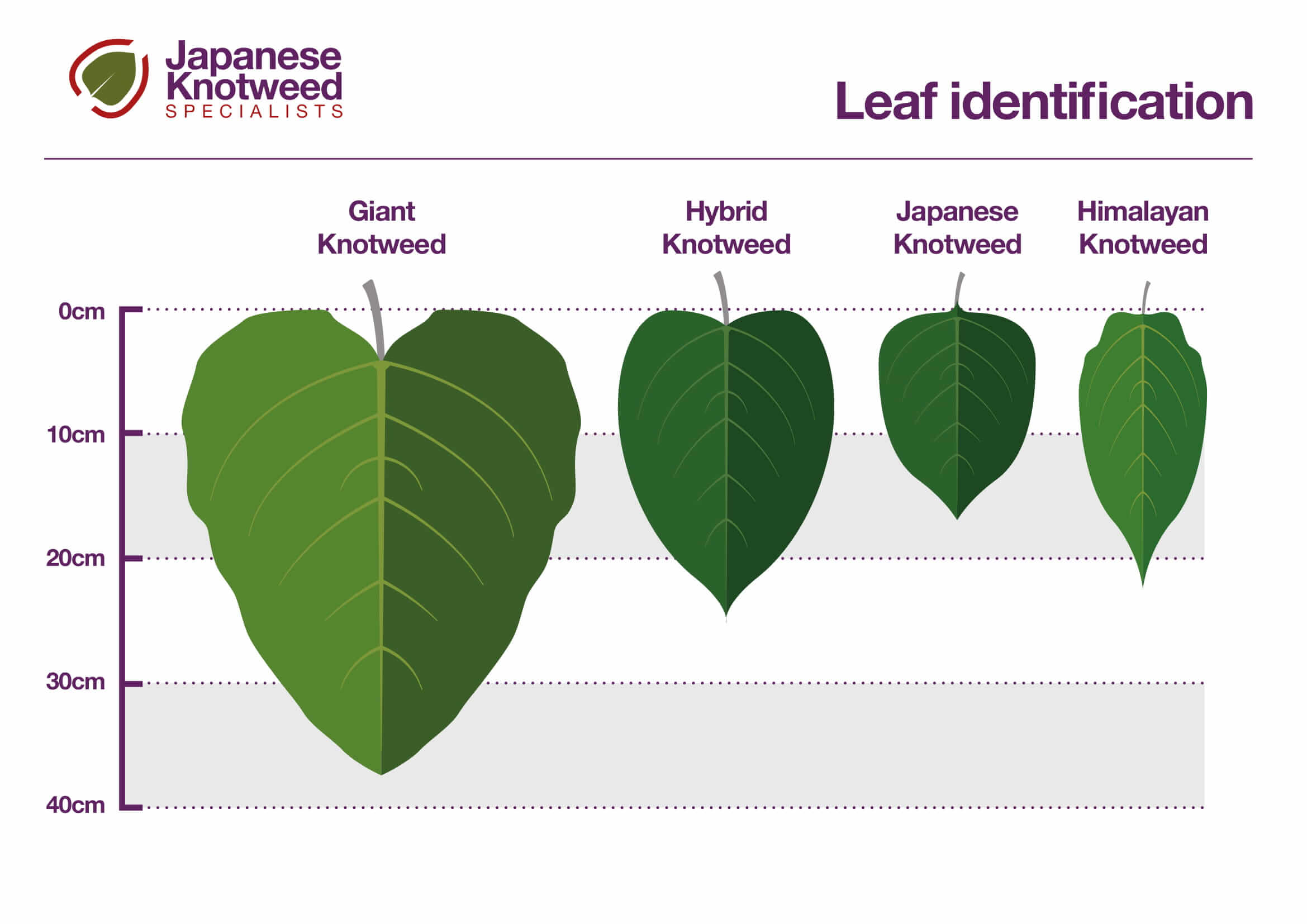Top tips for spotting Japanese knotweed before it’s too late
With no known predator and thought to be present in every 10 square kilometres in the UK, Japanese knotweed can grow and infest land at alarming rates.
According to Adam Brindle, CEO and founder of Japanese Knotweed Specialists, this hardy invasive weed is one of the UK’s most invasive plants. Originally imported to the UK from Japan in the 1850s as an ornamental plant, this weed can wreak havoc on both wildlife and infrastructure alike.
Whilst this plant may appear attractive with its gentle white flowers, this weed can cause a whole host of problems from property damage to legal issues. Knowing how to spot Japanese knotweed, however, is the first step in stopping it in its tracks.

What to look out for when identifying Japanese knotweed:
Ensuring you eradicate this weed as soon as possible is vital and always the best line of action. Knowing how to identify this aggressive weed is the first step in doing so.
The three most easily identifiable characteristics of Japanese knotweed are:
-
- Heart or shovel shaped leaves
- Creamy white flowers may be present in late summer
- Zig-zag stem growth pattern
The best time of year to spot Japanese knotweed:
As Japanese knotweed is a perennial plant, its’ appearance changes throughout the year. Knowing how to spot this weed as the seasons pass is vital to ensure you don’t miss those all-important signs.
-
- Spring
In early springtime, reddish-purple shoots will appear above the ground, with buds blooming outward in a spear-like shape. These shoots can grow up to 2cm daily.
-
- Summer
The best time of year to spot this invasive weed is in the middle of summer. By early summer, the stems will develop a purple pattern, growing in zig-zag pattern, and with an average height of between 2-3 metres when in full bloom, its vast height makes this weed far easier to spot. In summer, knotweed can grow up to 10cm a day.
-
- Autumn
Identifying Japanese knotweed during winter and autumn proves much more difficult as its trademark heart shaped leaves begin to wilt, turning yellow and brown in colour towards the end of October and throughout the month of November.
-
- Winter
As the temperature begins to drop, Japanese knotweed will look as though it is dying, with the leaves beginning to fall and brown canes collapsing. But don’t relax yet – whilst it may appear as if it’s dying, the underground plant system (or rhizome) is still growing beneath the surface. If even a thumbnail size of this root system is left, it can continue to root itself 6ft underground.
The impact of Japanese Knotweed:
In January 2022, RICS (Royal Institute of Chartered Surveyors) published new guidance to refine what the presence of Japanese knotweed means for surveyors. Before the update, there were four risk categories (1-4) which was orientated around the proximity of Japanese knotweed to a home. The new categories (Management Category A – D) focus more on the impact that Japanese knotweed has on the condition, use and value of a property.
If left to spread, Japanese knotweed can cause considerable damage to not only other plants and wildlife, but to building foundations too. Breaking through fences, bricks and even concrete, this weed can cause catastrophic damage in a short amount of time.
Not only will this weed cause physical damage, but if Japanese knotweed is found on your property or even a neighbouring property, this may have an impact on your home’s value and even mortgage applications.
There are also legal implications of Japanese knotweed being allowed to spread. Whilst it is not illegal to let this weed grow on your own property, allowing Japanese knotweed to spread from your property onto a neighbouring property (or even into the wild), may leave you liable for a fine up to £5000 under the Wildlife and Countryside Act 1981.
So, if you suspect you or a neighbour may have Japanese knotweed growing, make sure to look out for heart or shovel shaped leaves, creamy white flowers and a zig-zag growth pattern.
Kindly shared by Japanese Knotweed Specialists
Main article photo courtesy of Pixabay


















